Have you ever thought about what keeps your blood healthy? The answer lies in the tiny heroes called platelets. These tiny cells are crucial for blood clotting, helping you heal when you get a cut. But did you know that having a low platelet count can be dangerous, leading to uncontrolled bleeding? If you’re worried about your platelet levels or want to ensure they stay in a healthy range, this blog is for you.
We’re going to dive into the best foods that can naturally boost your platelet count. From delicious fruits like pomegranates to superfoods like kale and wheatgrass juice, we’ve got all the tasty tips you need. Keep reading to discover how simple dietary changes can make a big difference in your health and well-being. Don’t miss out on these easy ways to keep your blood strong and healthy!
All You Need To Know ABout Platelet Count
You can opt for a complete blood count test to assess your platelet count. Platelet count is the number of platelets you have (per microliter of blood). Your range can vary from low to elevated.
- Low range: Less than 150,000 platelets per microliter
- Normal range: 150,000–450,000 platelets per microliter
- Elevated range: 500,000–1 million platelets per microliter
Key Nutrients for Boosting Platelet Count
The viral disease can reduce your platelet count by a significant amount, and after witnessing severe episodes of Covid, it has become more critical to have a healthy platelet count.
The following nutrients can help you increase your platelet count.
- Vitamin B-12– Vitamin B-12 is an essential nutrient for the healthy functioning of our body. Our body can’t make Vitamin B-12 on its own, so we need to take it from outside. It can be challenging for vegans to find Vitamin B sources as they are very limited. Plant-based meats and fortified cereals can be good options. You can take vitamin B-12 supplements also.
- Iron- Iron is a hemoglobin constituent that provides our blood red color. The iron deficiency can lead to anemia and a decrease in platelet count. Lentils, dark chocolate, fortified breakfast cereals, and green veggies are some great options for Iron.
- Folates- Folate is an essential nutrient for healthy blood cells. Leafy green veggies, Sprouts, breakfast cereals, black eyes peas are some great sources of folate.
- Vitamin C- Vitamin C needs no introduction, be it skin, hairs, or immunity vitamin C is beneficial for us in many ways. Vitamin C can be a great nutrient when it comes to increasing platelet count naturally. Citrus fruits, Broccoli, and bell peppers are some great sources of Vitamin C.
- Vitamin K- Vitamin K is an essential nutrient that promotes blood clotting and bone health, so you better not ignore it. Leafy green veggies, broccoli, soybean, and pumpkin are some great sources of Vitamin K.
- Vitamin A- Vitamin A promotes the production and activities of blood cells, so it is necessary for a healthy platelet count. Vitamin A can be found in carrots, tomatoes, and mango.
Top 6 Foods to Naturally Increase Platelet Count
Now that we know nutrients essential for increasing platelet count, we will discuss some food items in which these nutrients are found in abundance. However, it is challenging to increase platelet count through diet and exercise alone when you have a meager platelet count. But for those with an average platelet count, these food items can help increase the platelet count naturally.
1. Pomegranate
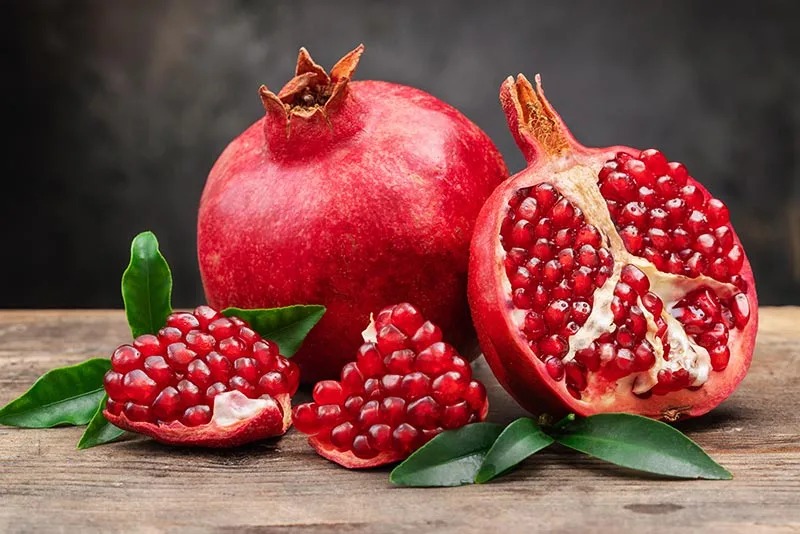
Pomegranates are a delicious fruit known for their jewel-like seeds and vibrant red color. They have been valued for their medicinal properties for centuries and are packed with essential nutrients.
Benefits:
Pomegranates are rich in iron, which can improve blood circulation and increase cell count. They also contain high levels of Vitamin C, essential for boosting the immune system and supporting overall health. The antioxidant properties of pomegranates help fight inflammation and protect cells from damage.
How to Incorporate in Daily Life:
- Add pomegranate seeds to your morning cereal or yogurt.
- Drink a glass of fresh pomegranate juice with breakfast.
- Use pomegranate seeds in salads for a burst of flavor and color.
- Mix pomegranate seeds into a bowl of mixed fruit for a nutritious snack.
2. Papaya Leaf Extract
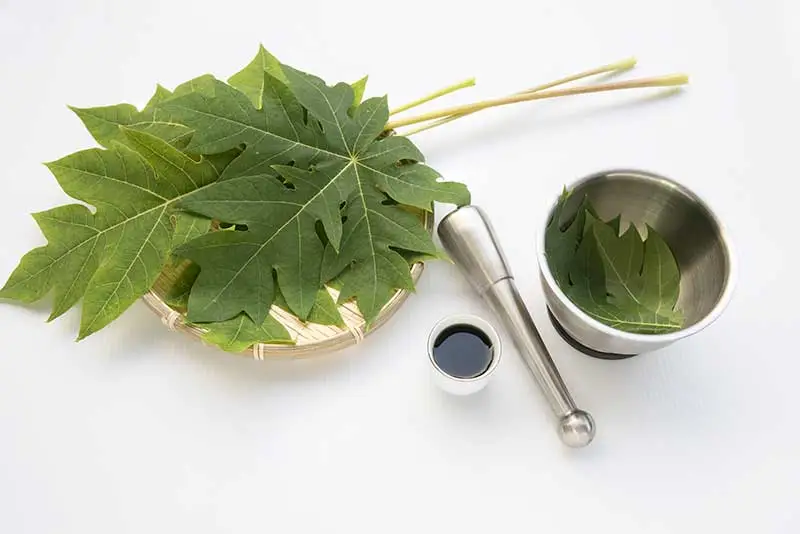
Papaya leaf extract is derived from the leaves of the papaya tree. It has been used in traditional medicine for its various health benefits, especially in treating dengue fever.
Benefits:
Papaya leaf extract is particularly effective in increasing platelet count. Clinical studies have shown significant improvements in platelet levels among patients with viral infections. It also contains enzymes like papain and chymopapain, which aid in digestion and reduce inflammation.
How to Incorporate in Daily Life:
- Drink a glass of papaya leaf juice daily, especially if you are recovering from an illness.
- Look for papaya leaf extract capsules or tablets if the taste of the juice is too strong.
- Blend papaya leaf extract into smoothies with other fruits to mask the bitter taste.
3. Giloy
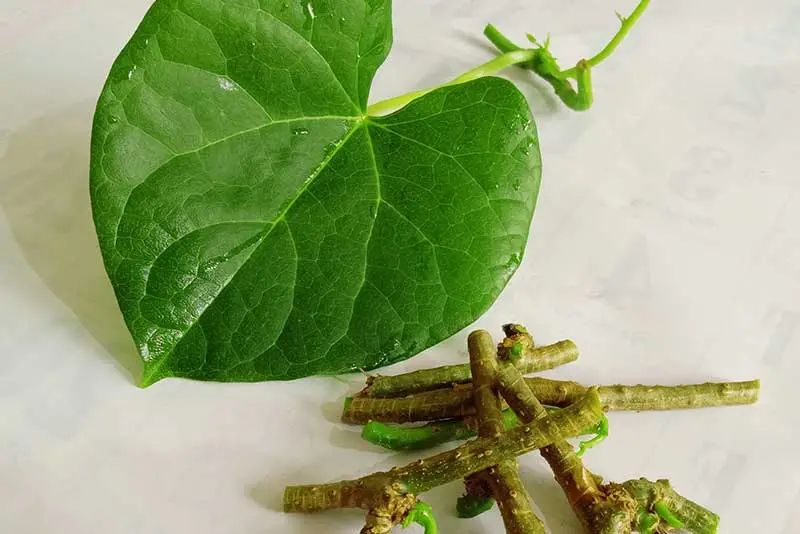
Giloy, also known as Guduchi, is a herb widely used in Ayurvedic medicine. It is considered a powerhouse of nutrients and is renowned for its ability to boost the immune system.
Benefits:
Giloy is effective in naturally increasing platelet count. It is also known for its anti-inflammatory and antioxidant properties, which help strengthen the immune system. Giloy can improve digestion, reduce stress, and detoxify the body.
How to Incorporate in Daily Life:
- Drink a small glass of giloy juice in the morning on an empty stomach.
- Take giloy tablets or capsules as a daily supplement.
- Mix giloy powder with water or juice to make it more palatable.
- Add giloy juice to your green smoothies for an extra health boost.
4. Wheat Grass Juice
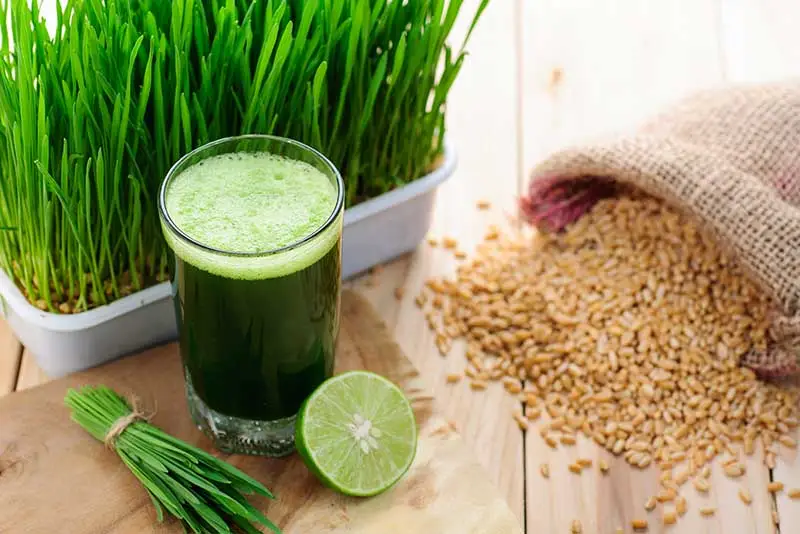
Wheatgrass juice is made from the freshly sprouted leaves of the wheat plant. It is highly nutritious and often referred to as a superfood.
Benefits:
Wheatgrass is rich in chlorophyll, which is structurally similar to hemoglobin and helps increase red blood cell, white blood cell, and platelet counts. It is packed with vitamins, minerals, and amino acids that boost immunity and overall health. Wheatgrass also detoxifies the body and supports liver function.
How to Incorporate in Daily Life:
- Drink a shot of wheatgrass juice daily, preferably in the morning.
- Add wheatgrass powder to your smoothies or protein shakes.
- Mix wheatgrass juice with other vegetable juices to enhance the flavor.
- Use wheatgrass powder in homemade energy bars or snacks.
5. Kale
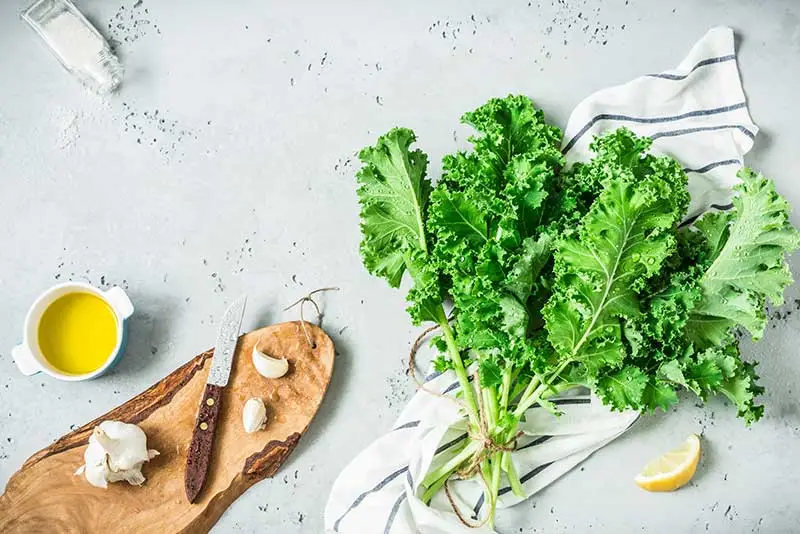
Kale is a leafy green vegetable that is part of the cabbage family. It is renowned for its high nutritional value and has become a popular ingredient in health-conscious diets.
Benefits:
Kale is an excellent source of Vitamin K, which plays a crucial role in blood clotting and bone health. It also contains vitamins A and C, calcium, and iron, all of which are essential for maintaining a healthy platelet count and overall well-being. The antioxidants in kale help reduce inflammation and protect against disease.
How to Incorporate in Daily Life:
- Add fresh kale to your salads or use it as a base for your green smoothies.
- Sauté kale with garlic and olive oil as a healthy side dish.
- Make kale chips by baking kale leaves with a sprinkle of salt and olive oil.
- Include kale in soups, stews, and casseroles for added nutrition.
6. Pumpkin
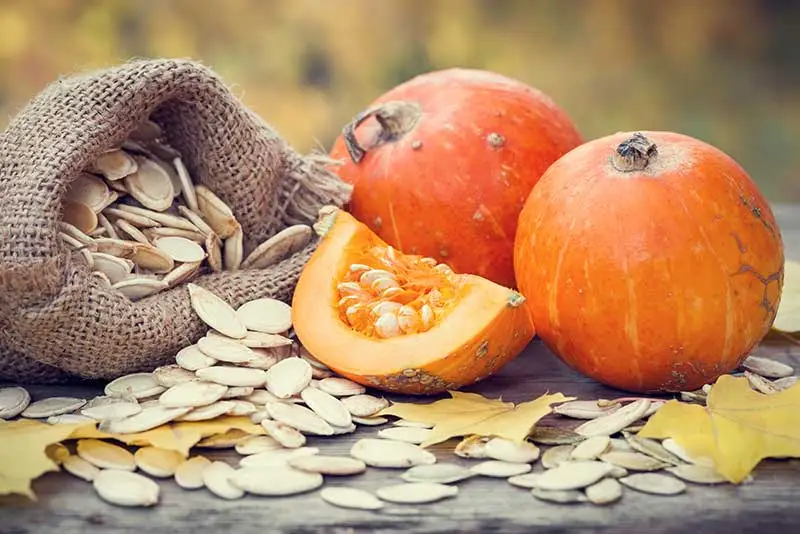
Pumpkin is a nutrient-dense food that is low in calories but rich in vitamins and minerals. It is widely available and can be used in a variety of dishes.
Benefits:
Pumpkin is high in Vitamin A, which is essential for enhancing the number of platelets produced by the bone marrow. It also contains Vitamin C, potassium, and fiber, supporting overall health and boosting the immune system. The antioxidants in pumpkin help protect the body’s cells from damage.
How to Incorporate in Daily Life:
- Use pumpkin puree in soups, smoothies, and baked goods.
- Roast pumpkin cubes with your favourite herbs and spices for a nutritious side dish.
- Add pumpkin to your morning oatmeal or yogurt for a tasty and healthy breakfast.
- Make a pumpkin smoothie with milk, honey, and a pinch of cinnamon for a delicious treat.
Foods to Avoid for Healthy Platelets
There are certain foods and drinks that can be detrimental to your healthy platelet count, such as
- Alcohol
- Cranberry juice
- Aspartame, an artificial sweetener
- Quinine, a substance in bitter lemon and tonic water
Bottom Line
The food we eat can work as medicine if we exercise caution and mindfulness in our eating habits. Our blood is our lifeline, and a healthy blood cell count ensures our overall well-being. The foods discussed above can be a great nutrient source that stimulates platelet formation. If you are looking for ways to increase your platelet count, you should definitely include these food items in your meal.
References
https://dergipark.org.tr/en/pub/jcei/issue/30394/328604
https://www.tandfonline.com/doi/abs/10.1080/09537104.2022.2091772
FAQs

Priyanka Khurana Goyal is a prominent Indian figure renowned for her diverse accomplishments and contributions across various fields.. Read more



